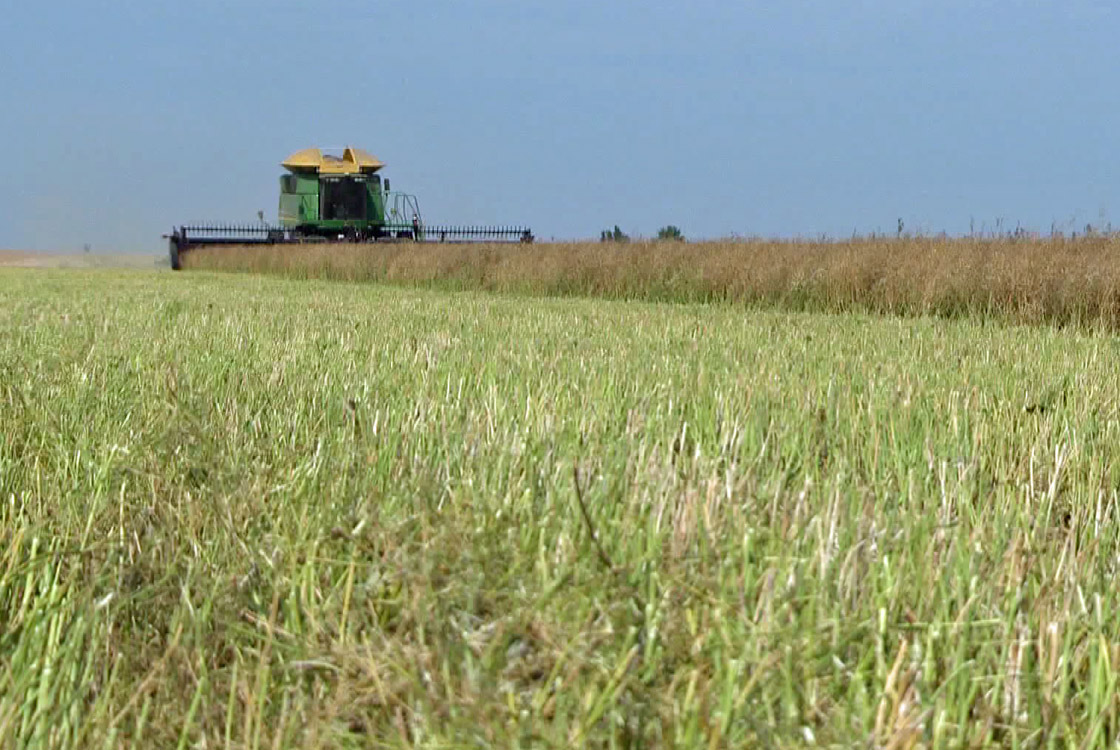OTTAWA – The federal government’s decision to axe the long-form census has left parts of the Conservative heartland in western and rural Canada without some of the newest data on how its population is changing.

Statistics Canada released the first results Wednesday from the 2011 voluntary National Household Survey, the replacement for the long census. The data covered such topics as religion, visible minorities, aboriginals and immigration.
Prime Minister Stephen Harper’s government in 2010 eliminated the mandatory long-form census, citing concerns over personal freedoms.
It boosted the number of households set to receive the new National Household Survey, but the response rate of 68 per cent fell well below the 94 per cent anticipated by Statistics Canada for a mandatory long-form census.
Certain types of Canadians — aboriginals or the poor, for example — are less likely to respond when given the choice, introducing a potential bias in the numbers.
The agency said it achieved a high quality of results at a national level for a voluntary survey. But it cautioned that the numbers were less reliable when zeroing in on areas with fewer than 25,000 people.
Because of low response rates, Statistics Canada chose to withhold all data on a quarter of Canadian municipalities, or 1,128, compared with the 200 that were suppressed after the 2006 long-form census. Most of those are in rural and First Nations communities.
“The estimates for such areas have such a high level of error that they should not be released under most circumstances,” the agency said.
Saskatchewan had the worst results, with information not published on 43 per cent, or more than 500, of its communities. The Conservatives hold all but one of the seats in that province, and have traditionally found support in Canada’s rural areas.
Some of the towns and cities excluded across the country include Bonavista, Nfld., Pictou, N.S., Sackville, N.B., Dauphin, Man., Vulcan, Alta., and Tofino, B.C.
“By not having one quarter of municipalities as part of that database, I think there’s information that’s missing, both for the federal government as well as for the provincial,” said Karen Leibovici, president of the Federation of Canadian Municipalities.
“Canadians live and breathe at the local level. Even if the long-form data wasn’t used to make a decision, it informed a decision,” said Peggy Taillon, CEO of the Canadian Council on Social Development.
“If it was a decision on where to put the next family health team, or fire station, you would look at a number of data to make that decision and one of the greater inputs would always be the long-form.”
Both the NDP and Liberals have called on Harper to bring back the long-form census for 2016, saying the decision to eliminate it was an example of a Conservative disdain for hard evidence.
“It boggles my mind in the data-driven 21st century that we would have a government that would choose to know less about its citizens, and about its needs and about getting good data about what people are struggling with,” said Liberal Leader Justin Trudeau.
Harper defended the census decision, and congratulated Statistics Canada for its work.
“Obviously, going forward we will look for ways to improve things, but always in a way that respects and balances the need for public data with the privacy rights of Canadians,” Harper said in the House of Commons.
Marty Baroni, assistant administrator in Biggar, Sask., said he wasn’t immediately concerned his town wouldn’t be getting the latest data release — it mostly relied on the short-form census population count.
But he noted that a growing Filipino community in his riding would likely not have been properly reflected.
Canada’s Filipino and Chinese populations are two groups that could be facing data flaws. Statistics Canada conceded that information in the NHS about people who emigrated to Canada from the Philippines between 2006 and 2011 didn’t jibe with the numbers gathered by the Citizenship and Immigration Department.
The Chinese Canadian National Council also raised concerns about the data, saying there appeared to be an undercounting when compared with immigration data.



Comments